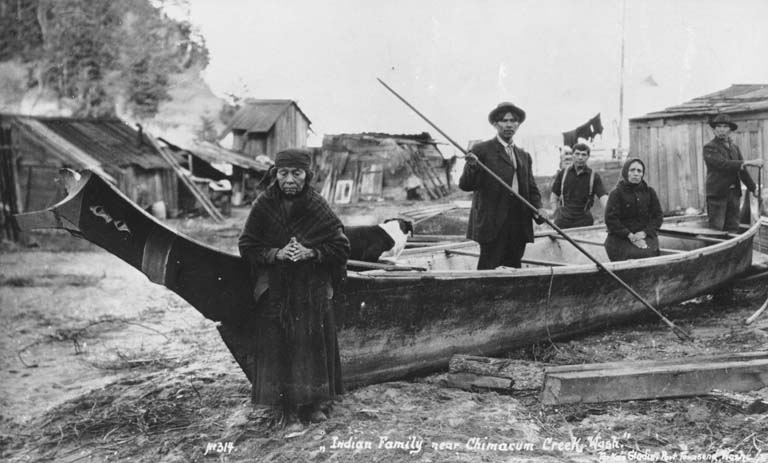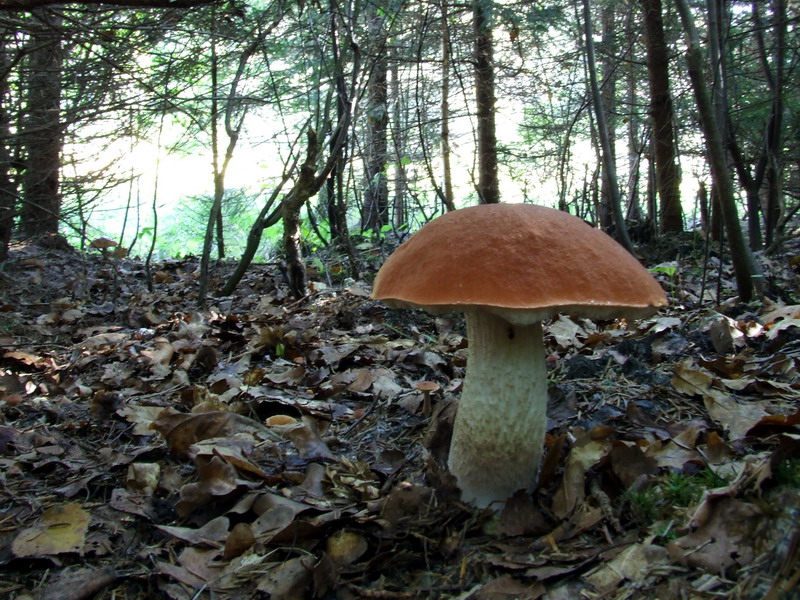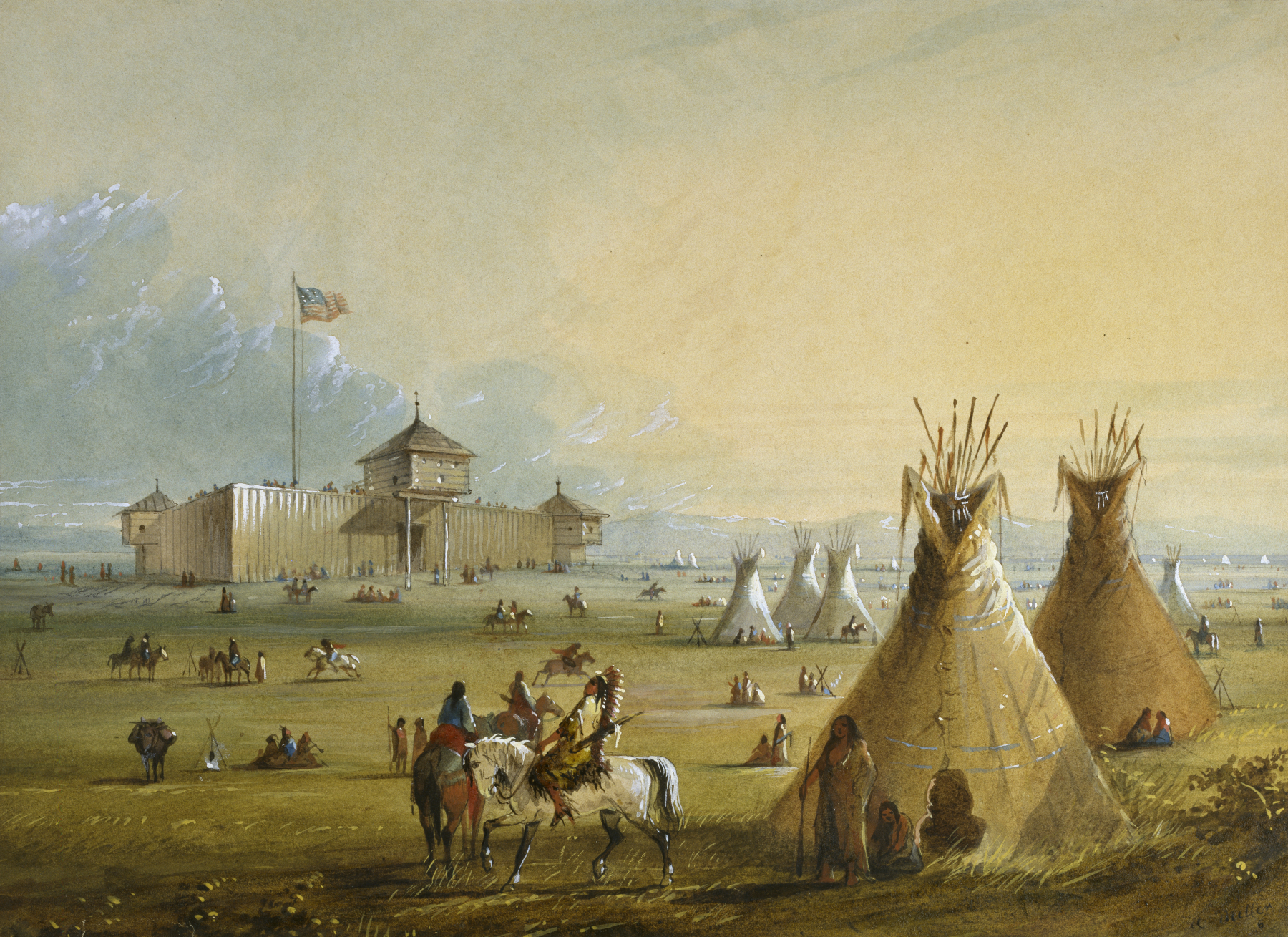|
Botrychium Paradoxum
''Botrychium paradoxum'' is a species of fern in the family Ophioglossaceae known by the common name peculiar moonwort. It is native to North America, where there are scattered occurrences in Alberta, British Columbia, Saskatchewan, Montana, Oregon, Utah, Washington (state), Washington, and Wyoming.''Botrychium paradoxum''. The Nature Conservancy. This plant is unique among the moonworts. While other species generally produce one fertile frond and one sterile, this species produces only the fertile frond. This frond has two segments, both bearing spores. The plant grows up to tall. As the leaflike sterile frond is absent, the plant likely obtains much of its energy from mycorrhizae instead of photosynthesis. This fern grows in the montane zone, m ... [...More Info...] [...Related Items...] OR: [Wikipedia] [Google] [Baidu] |
Fern
A fern (Polypodiopsida or Polypodiophyta ) is a member of a group of vascular plants (plants with xylem and phloem) that reproduce via spores and have neither seeds nor flowers. The polypodiophytes include all living pteridophytes except the lycopods, and differ from mosses and other bryophytes by being vascular, i.e., having specialized tissues that conduct water and nutrients and in having life cycles in which the branched sporophyte is the dominant phase. Ferns have complex leaves called megaphylls, that are more complex than the microphylls of clubmosses. Most ferns are leptosporangiate ferns. They produce coiled fiddleheads that uncoil and expand into fronds. The group includes about 10,560 known extant species. Ferns are defined here in the broad sense, being all of the Polypodiopsida, comprising both the leptosporangiate ( Polypodiidae) and eusporangiate ferns, the latter group including horsetails, whisk ferns, marattioid ferns, and ophioglossoid fe ... [...More Info...] [...Related Items...] OR: [Wikipedia] [Google] [Baidu] |
Moonwort
''Botrychium'' is a genus of ferns, seedless vascular plants in the family Ophioglossaceae. ''Botrychium'' species are known as moonworts. They are small, with fleshy roots, and reproduce by spores shed into the air. One part of the leaf, the trophophore, is sterile and fernlike; the other, the sporophore, is fertile and carries the clusters of sporangia or spore cases. Some species only occasionally emerge above ground and gain most of their nourishment from an association with mycorrhizal fungi. The circumscription of ''Botrychium'' is disputed between different authors; some botanists include the genera ''Botrypus'' and ''Sceptridium'' within ''Botrychium'', while others treat them as distinct. The latter treatment is provisionally followed here. Taxonomy * – pointed moonwort * – Alaska moonwort * – upswept moonwort, triangle-lobed moonwort, upward-lobed moonwort * – northern moonwort * – prairie moonwort, prairie dunewort, Iowa moonwort * – dainty moonw ... [...More Info...] [...Related Items...] OR: [Wikipedia] [Google] [Baidu] |
Western Red Cedar
''Thuja plicata'' is an evergreen coniferous tree in the cypress family Cupressaceae, native to western North America. Its common name is western redcedar (western red cedar in the UK), and it is also called Pacific redcedar, giant arborvitae, western arborvitae, just cedar, giant cedar, or shinglewood. It is not a true cedar of the genus ''Cedrus''. Description ''Thuja plicata'' is a large to very large tree, ranging up to tall and in trunk diameter. Trees growing in the open may have a crown that reaches the ground, whereas trees densely spaced together will exhibit a crown only at the top, where light can reach the leaves. The trunk swells at the base and has shallow roots. The bark is thin, gray-brown and fissured into vertical bands. As the tree ages, the top is damaged by wind and replaced by inferior branches. The species is long-lived; some trees can live well over a thousand years, with the oldest verified aged 1,460. The foliage forms flat sprays with scale-like l ... [...More Info...] [...Related Items...] OR: [Wikipedia] [Google] [Baidu] |
Alpine Zone
Alpine tundra is a type of natural region or biome that does not contain trees because it is at high elevation, with an associated harsh climate. As the latitude of a location approaches the poles, the threshold elevation for alpine tundra gets lower until it reaches sea level, and alpine tundra merges with polar tundra. The high elevation causes an adverse climate, which is too cold and windy to support tree growth. Alpine tundra transitions to sub-alpine forests below the tree line; stunted forests occurring at the forest-tundra ecotone are known as ''Krummholz''. With increasing elevation it ends at the snow line where snow and ice persist through summer. Alpine tundra occurs in mountains worldwide. The flora of the alpine tundra is characterized by dwarf shrubs close to the ground. The cold climate of the alpine tundra is caused by adiabatic cooling of air, and is similar to polar climate. Geography Alpine tundra occurs at high enough altitude at any latitude. Portion ... [...More Info...] [...Related Items...] OR: [Wikipedia] [Google] [Baidu] |
Subalpine Zone
Montane ecosystems are found on the slopes of mountains. The alpine climate in these regions strongly affects the ecosystem because temperatures fall as elevation increases, causing the ecosystem to stratify. This stratification is a crucial factor in shaping plant community, biodiversity, metabolic processes and ecosystem dynamics for montane ecosystems. Dense montane forests are common at moderate elevations, due to moderate temperatures and high rainfall. At higher elevations, the climate is harsher, with lower temperatures and higher winds, preventing the growth of trees and causing the plant community to transition to montane grasslands, shrublands or alpine tundra. Due to the unique climate conditions of montane ecosystems, they contain increased numbers of endemic species. Montane ecosystems also exhibit variation in ecosystem services, which include carbon storage and water supply. Life zones As elevation increases, the climate becomes cooler, due to a decrease in ... [...More Info...] [...Related Items...] OR: [Wikipedia] [Google] [Baidu] |
Photosynthesis
Photosynthesis is a process used by plants and other organisms to convert light energy into chemical energy that, through cellular respiration, can later be released to fuel the organism's activities. Some of this chemical energy is stored in carbohydrate molecules, such as sugars and starches, which are synthesized from carbon dioxide and water – hence the name ''photosynthesis'', from the Greek ''phōs'' (), "light", and ''synthesis'' (), "putting together". Most plants, algae, and cyanobacteria perform photosynthesis; such organisms are called photoautotrophs. Photosynthesis is largely responsible for producing and maintaining the oxygen content of the Earth's atmosphere, and supplies most of the energy necessary for life on Earth. Although photosynthesis is performed differently by different species, the process always begins when energy from light is absorbed by proteins called reaction centers that contain green chlorophyll (and other colored) pigments/chromoph ... [...More Info...] [...Related Items...] OR: [Wikipedia] [Google] [Baidu] |
Mycorrhizae
A mycorrhiza (from Greek μύκης ', "fungus", and ῥίζα ', "root"; pl. mycorrhizae, mycorrhiza or mycorrhizas) is a symbiotic association between a fungus and a plant. The term mycorrhiza refers to the role of the fungus in the plant's rhizosphere, its root system. Mycorrhizae play important roles in plant nutrition, soil biology, and soil chemistry. In a mycorrhizal association, the fungus colonizes the host plant's root tissues, either intracellularly as in arbuscular mycorrhizal fungi (AMF or AM), or extracellularly as in ectomycorrhizal fungi. The association is sometimes mutualistic. In particular species or in particular circumstances, mycorrhizae may have a parasitic association with host plants. Definition A mycorrhiza is a symbiotic association between a green plant and a fungus. The plant makes organic molecules such as sugars by photosynthesis and supplies them to the fungus, and the fungus supplies to the plant water and mineral nutrients, such as pho ... [...More Info...] [...Related Items...] OR: [Wikipedia] [Google] [Baidu] |
Spore
In biology, a spore is a unit of sexual or asexual reproduction that may be adapted for dispersal and for survival, often for extended periods of time, in unfavourable conditions. Spores form part of the life cycles of many plants, algae, fungi and protozoa. Bacterial spores are not part of a sexual cycle, but are resistant structures used for survival under unfavourable conditions. Myxozoan spores release amoeboid infectious germs ("amoebulae") into their hosts for parasitic infection, but also reproduce within the hosts through the pairing of two nuclei within the plasmodium, which develops from the amoebula. In plants, spores are usually haploid and unicellular and are produced by meiosis in the sporangium of a diploid sporophyte. Under favourable conditions the spore can develop into a new organism using mitotic division, producing a multicellular gametophyte, which eventually goes on to produce gametes. Two gametes fuse to form a zygote which develops into ... [...More Info...] [...Related Items...] OR: [Wikipedia] [Google] [Baidu] |
Wyoming
Wyoming () is a state in the Mountain West subregion of the Western United States. It is bordered by Montana to the north and northwest, South Dakota and Nebraska to the east, Idaho to the west, Utah to the southwest, and Colorado to the south. With a population of 576,851 in the 2020 United States census, Wyoming is the least populous state despite being the 10th largest by area, with the second-lowest population density after Alaska. The state capital and most populous city is Cheyenne, which had an estimated population of 63,957 in 2018. Wyoming's western half is covered mostly by the ranges and rangelands of the Rocky Mountains, while the eastern half of the state is high-elevation prairie called the High Plains. It is drier and windier than the rest of the country, being split between semi-arid and continental climates with greater temperature extremes. Almost half of the land in Wyoming is owned by the federal government, generally protected for public uses. The stat ... [...More Info...] [...Related Items...] OR: [Wikipedia] [Google] [Baidu] |
Ophioglossaceae
Ophioglossaceae, the adder's-tongue family, is a small family of ferns. In the Pteridophyte Phylogeny Group classification of 2016 (PPG I), it is the only family in the order Ophioglossales, which together with the Psilotales is placed in the subclass Ophioglossidae. The Ophioglossidae are one of the groups traditionally known as eusporangiate ferns. Members of the family differ from other ferns in a number of ways. Many have only a single fleshy leaf at a time. Their gametophytes are subterranean and rely on fungi for energy. Description Members of Ophioglossaceae are usually terrestrial (excepting a few epiphytic species of '' Ophioglossum'') and occur in both temperate and tropical areas. They differ from the other ferns in several respects: * Many species only send up one frond or leaf-blade per year, producing only a single leaf at a time. The leaves are usually fleshy, and in temperate areas will often turn brownish or reddish during colder months. * Instead o ... [...More Info...] [...Related Items...] OR: [Wikipedia] [Google] [Baidu] |
Washington (state)
Washington (), officially the State of Washington, is a state in the Pacific Northwest region of the Western United States. Named for George Washington—the first U.S. president—the state was formed from the western part of the Washington Territory, which was ceded by the British Empire in 1846, by the Oregon Treaty in the settlement of the Oregon boundary dispute. The state is bordered on the west by the Pacific Ocean, Oregon to the south, Idaho to the east, and the Canadian province of British Columbia to the north. It was admitted to the Union as the 42nd state in 1889. Olympia is the state capital; the state's largest city is Seattle. Washington is often referred to as Washington state to distinguish it from the nation's capital, Washington, D.C. Washington is the 18th-largest state, with an area of , and the 13th-most populous state, with more than 7.7 million people. The majority of Washington's residents live in the Seattle metropolitan area, the center o ... [...More Info...] [...Related Items...] OR: [Wikipedia] [Google] [Baidu] |






